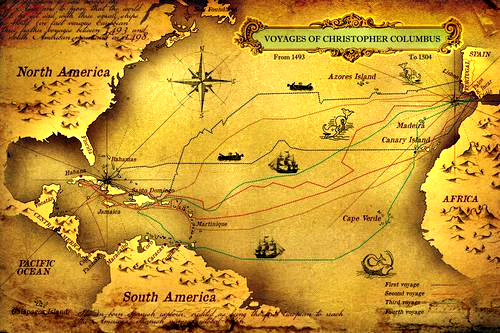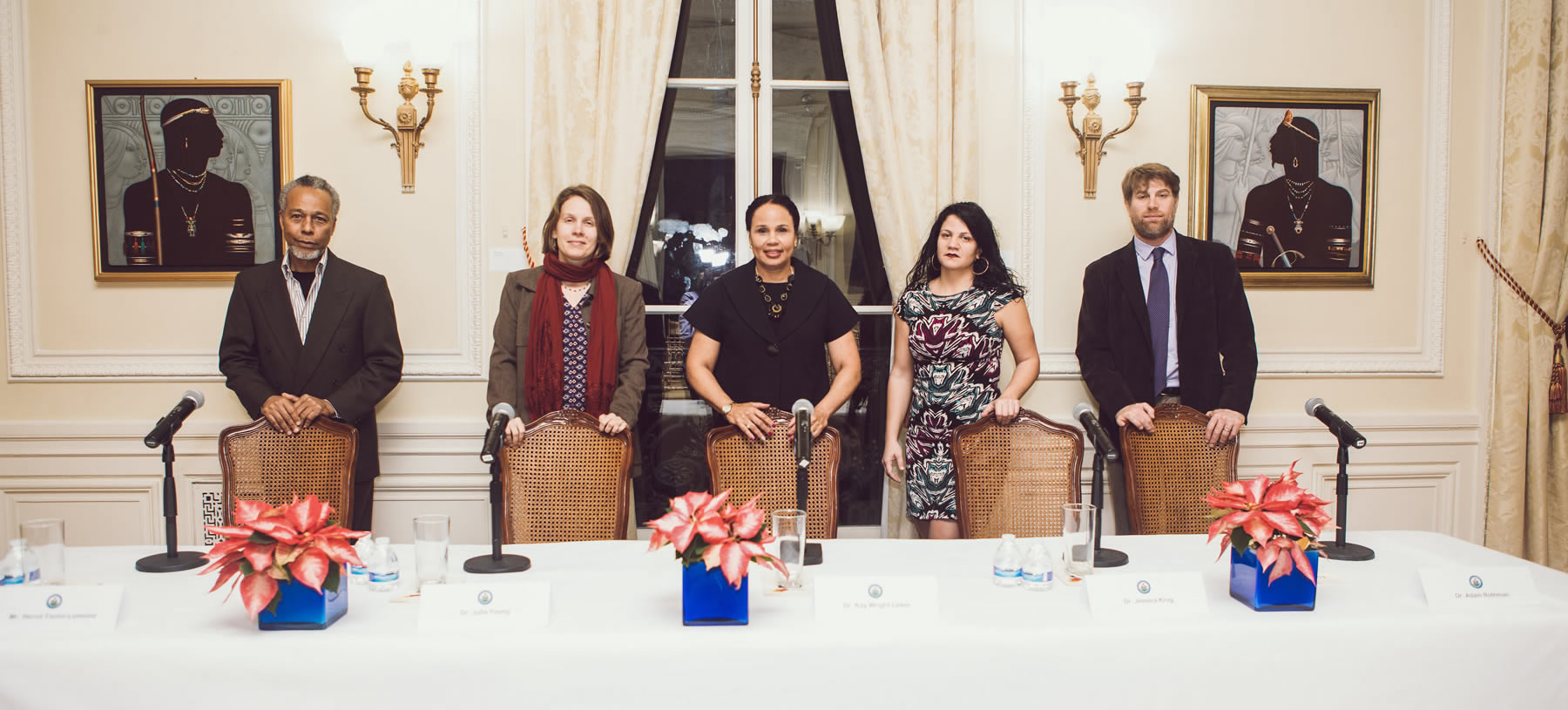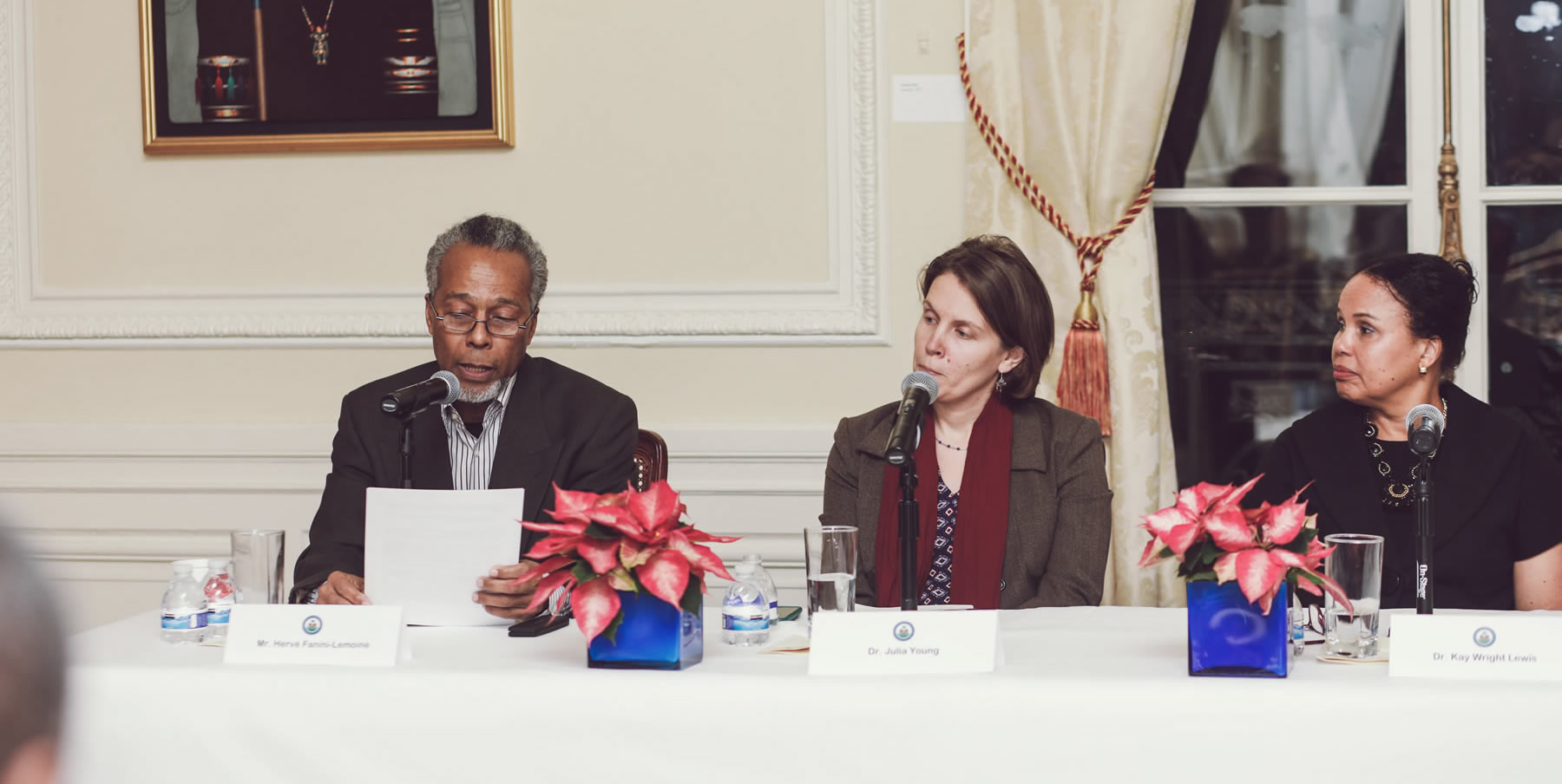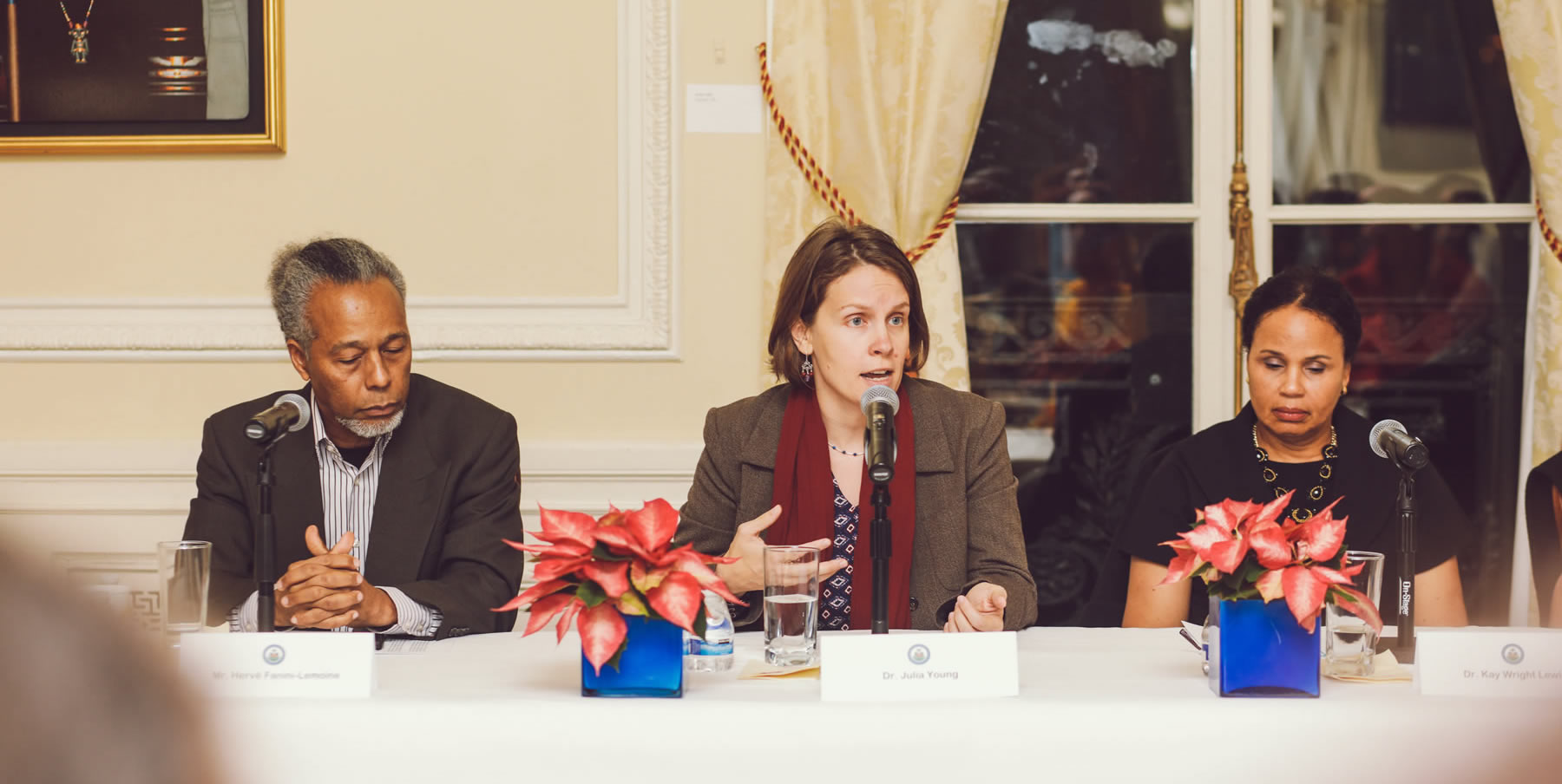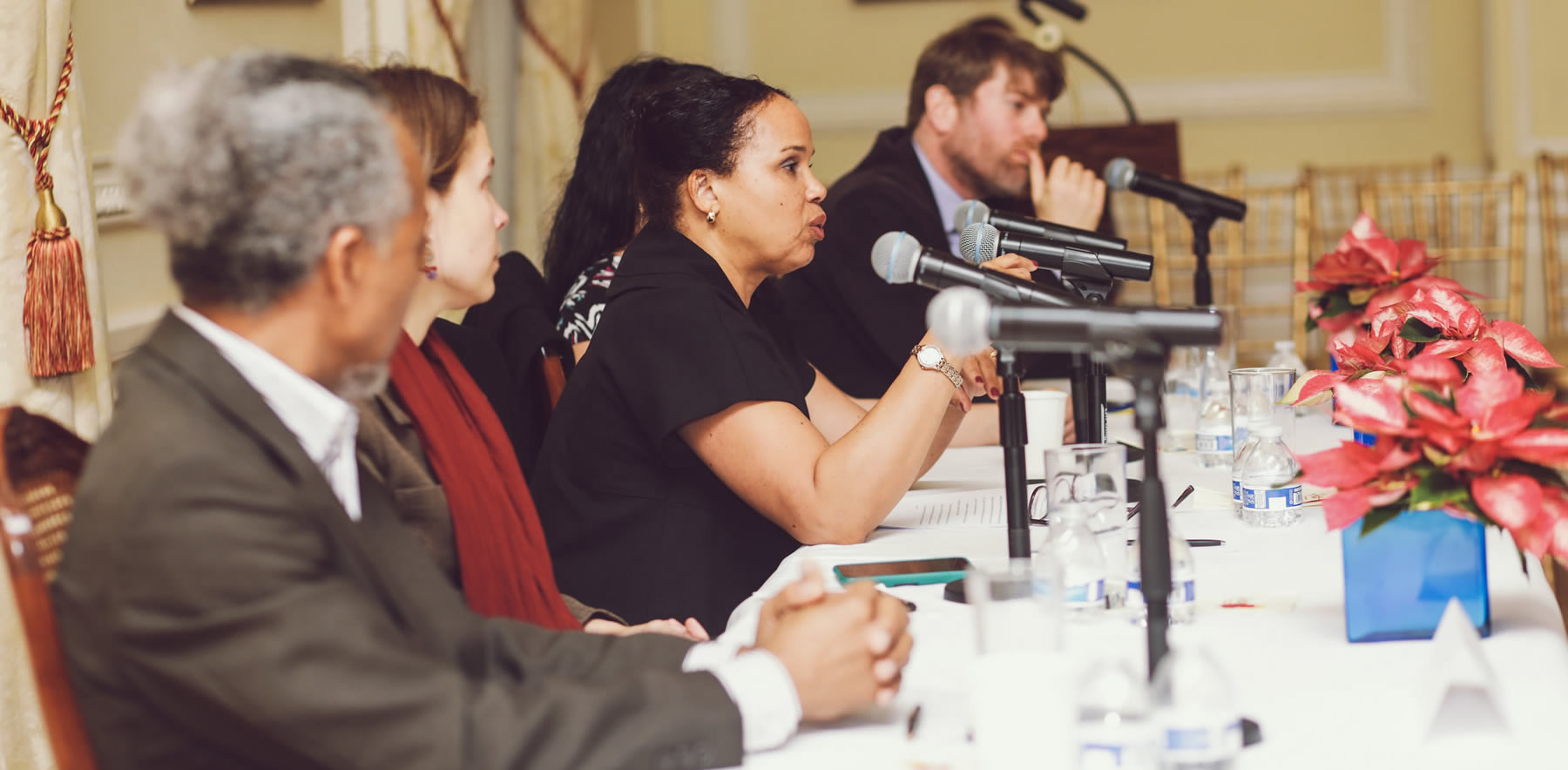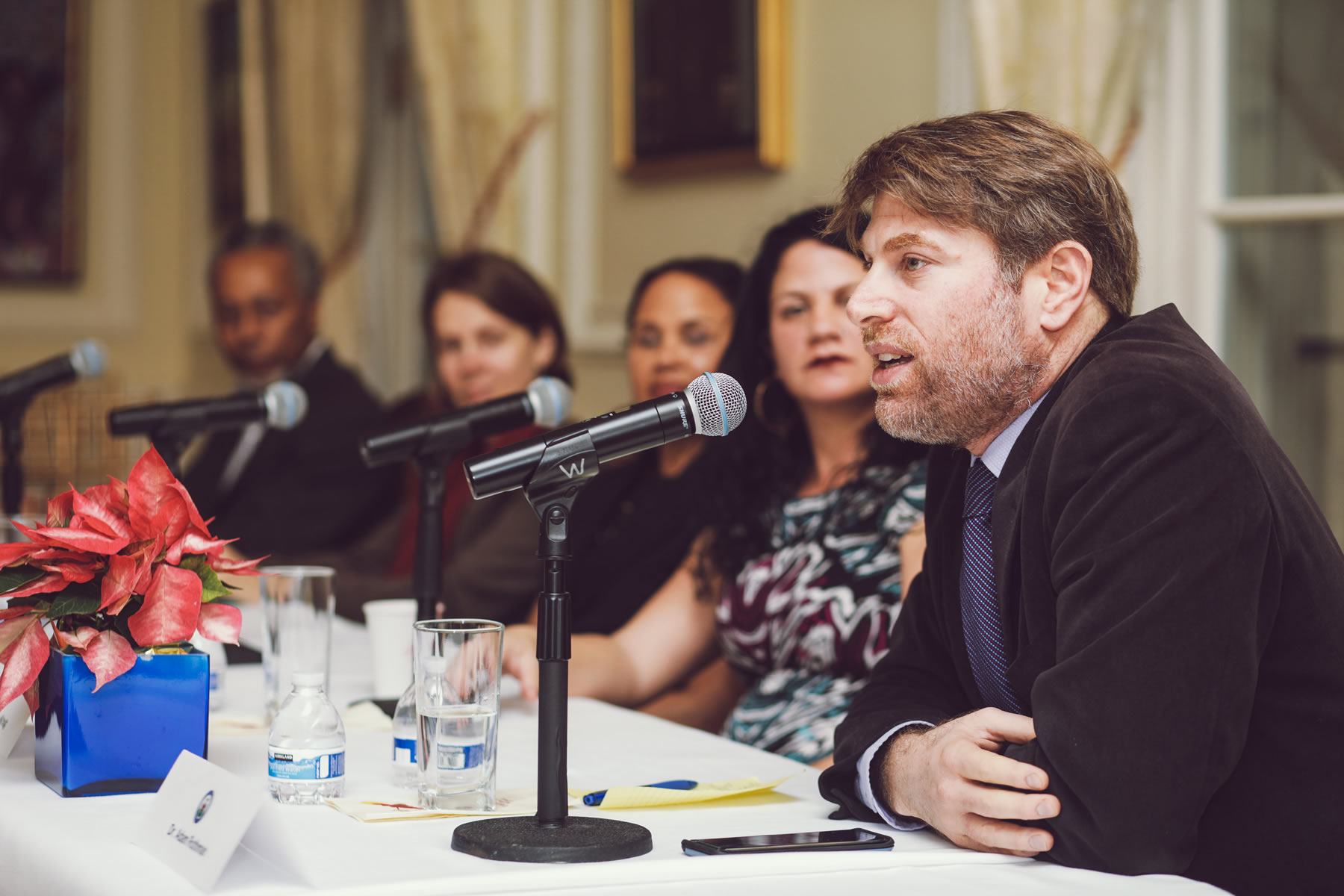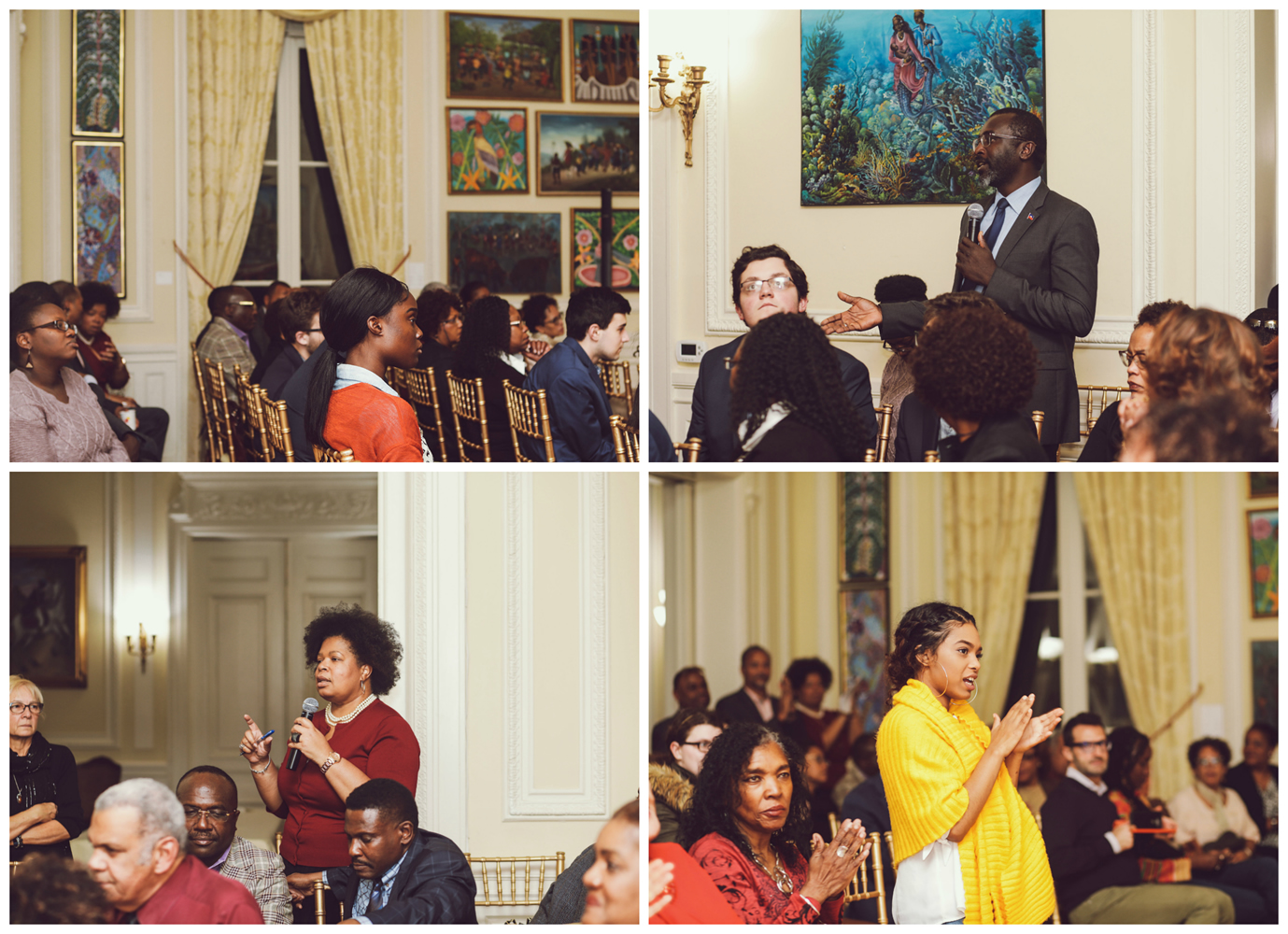Columbus 525: An Exploration of Christopher Columbus’s Impact on the Atlantic World
Five hundred and twenty-five years ago, Christopher Columbus, under the patronage of the Spanish Crown, embarked on a journey to find a western route to Asia. On December 5, 1492, Columbus and his crew landed on an island that he named La Isla Española, “The Spanish Island,” which was eventually anglicized to Hispaniola. Haiti now occupies the western third of the island, and the remaining eastern two-thirds of the island make up the Dominican Republic.
In Hispaniola, Columbus established Spain’s first colony in the New World. As a result, he is the European explorer who is generally credited with originating and chronicling sea routes to the Western Hemisphere. During the early colonial period, Hispaniola’s key location on the northern edge of the Caribbean Sea made the colony the logistical base for Spain’s conquest of most of the Western Hemisphere. Columbus thereby initiated an era of exploration, subjugation, and colonization that lasted for centuries. The explorer has been accused by many historians of initiating the genocide of Hispaniola’s indigenous Arawak population, and he is also considered by some to be the originator of the transatlantic slave trade.
On December 5, 2017, exactly 525 years after Columbus’s arrival to Haiti, the Embassy of Haiti in Washington, DC hosted a panel discussion to explore how Columbus’s actions significantly impacted the Atlantic world and contributed to the current configuration of the Western world. The panel featured the following distinguished scholars and authors: Mr. Hervé Fanini-Lemoine, Writer & Editor of Kiskeya Publishing Company; Dr. Jessica Krug, Assistant Professor of History at The George Washington University; Dr. Kay Wright Lewis, Assistant Professor of History at Howard University; Dr. Adam Rothman, Professor of History at Georgetown University; and Dr. Julia Young, Associate Professor of History at The Catholic University of America.
Mr. Hervé Fanini-Lemoine was the first panelist to speak, and he provided a general overview of Columbus’s impact on the Atlantic World in terms of exploration, colonization, slavery, and revolution. According to Fanini-Lemoine, “Although 1492 was a bloodshed circa in human history, Western Europe largely profited for the next three centuries. It projected its trade, power, and influence across much of the globe. The endless wars of Europe were then fought in the Atlantic which became both a highway and a battlefield as western powers contested the space between the Old and New Worlds.”
Afterwards, Dr. Young presented on the migration of Columbus and the Europeans that followed him to the Americas, and how it had enormous and devastating consequences that still shape our world today. In her presentation, Dr. Young examined the matter through two themes: environment and religion. In focusing on these two topics, Dr. Young highlighted the fact that not only did the arrival of Columbus cause significant changes to the New World, but also that the New World changed Europe/Europeans as well. With regard to the environment, Dr. Young shared that Columbus’s arrival set off what is commonly known as the “Columbian Exchange”: the exchange of plants, animals, and pathogens that occurred when mass migration from the Eastern to Western hemisphere began immediately after 1492. According to Dr. Young, “All of the Columbian exchange had devastating consequences for the New World; none more than disease. It is estimated that 75-95% of native populations died of disease.” With regard to religion, Dr. Young explicated how Columbus and subsequent Spaniards imposed their religious beliefs on native peoples, as well as on enslaved Africans. She concluded her presentation by reflecting on how the so-called “Spiritual Conquest” ultimately created a Catholic population in the Americas, with a Latin American pope and 425 million Catholics in the region (approximately 40 percent of the total global Catholic population).
Dr. Lewis’s presentation followed thereafter, and it dealt with violence in the Atlantic World, particularly in regard to the genocide of indigenous populations, the transatlantic slave trade, and the Haitian Revolution. In her presentation, Dr. Lewis provided a historical overview of the legacy and use of violence in the colonization of the Atlantic World. According to Dr. Lewis, “violence was an essential part of the history of those people perceived to be different, perceived to be enslaveable, or just in the way. Violence facilitated the colonization of the Atlantic World, not just in Columbus’s time, but rather throughout the process of Empire building.”
Afterwards, Dr. Jessica Krug delivered her presentation, which dealt with fugitive and maroon politics in the Atlantic World. She took the public on journey spanning five decades of transatlantic history, from the 16th century to the 21st century. Dr. Krug explored the relationship between seminal fugitive/resistance leaders and the gendered politics of authority and state in West Africa, the Dominican Republic, and Haiti from 1492 to the present.
Dr. Adam Rothman was the last panelist to speak, and he explored Columbus’s pervasiveness in the landscape of memory. As a first example of this point, Dr. Rothman pointed out that “we are all gathered here in the District of Columbia, which is, after all, named after Christopher Columbus.” He explained that “during the Age of Revolution in the late 18th and early 19th centuries, many newly independent countries took Columbus as a symbol of America and their new nations, which were represented by the figure of ‘Columbia’.” Dr. Rothman went on to share that he received his PhD in History from Columbia University, and that he lives in the Columbia Heights area of D.C. He also mentioned a painting by Constantino Brumidi from the 1870s called “Columbus and the Indian Maiden,” which hangs in the Senate wing of the U.S. Capitol. To conclude, Dr. Rothman revealed the fact that the fountain that stands outside Washington, DC’s Union Station is actually named the Christopher Columbus Memorial Fountain, much to the surprise of the guests.
Following these informative and edifying presentations, a Q&A session followed during which the public had the opportunity to ask the panelists several questions. One of the questions pertained to whether or not the multitude of monuments erected in honor of Columbus would eventually be subjected to removal. The guests proved to be keenly interested in the subject matter, and continued to debate among themselves regarding this question and others long after the panel’s conclusion.
You may click here to view additional photos from the evening.
Acknowledgements:
Samira Rashid, Photography
Nellie Goen, Floral arrangements
Marie Michel Bakery, Catering

